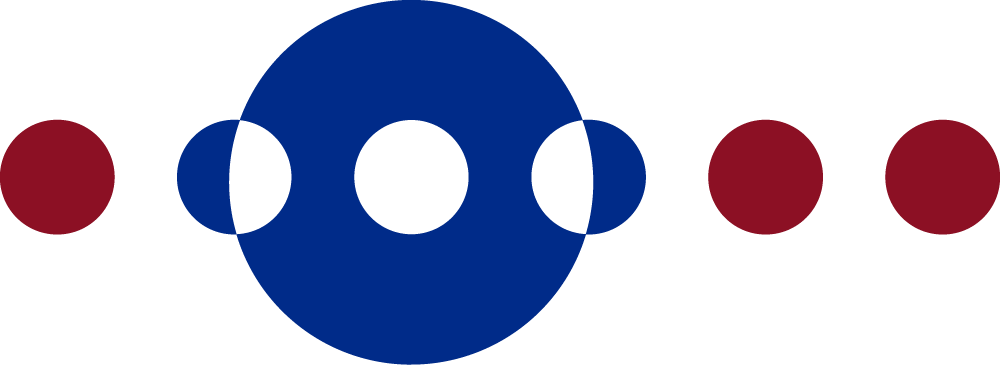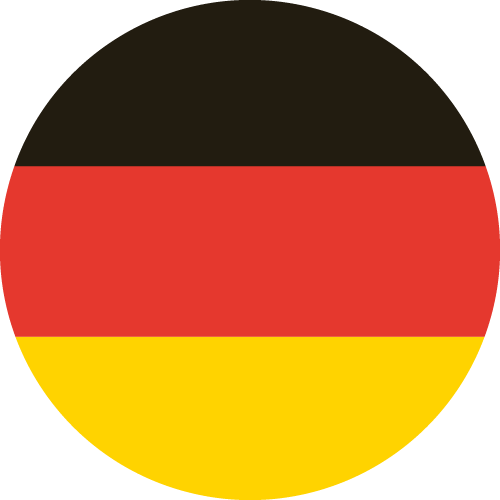 Deutsch
Deutsch  Englisch
Englisch
Glass-lined Heat Exchangers
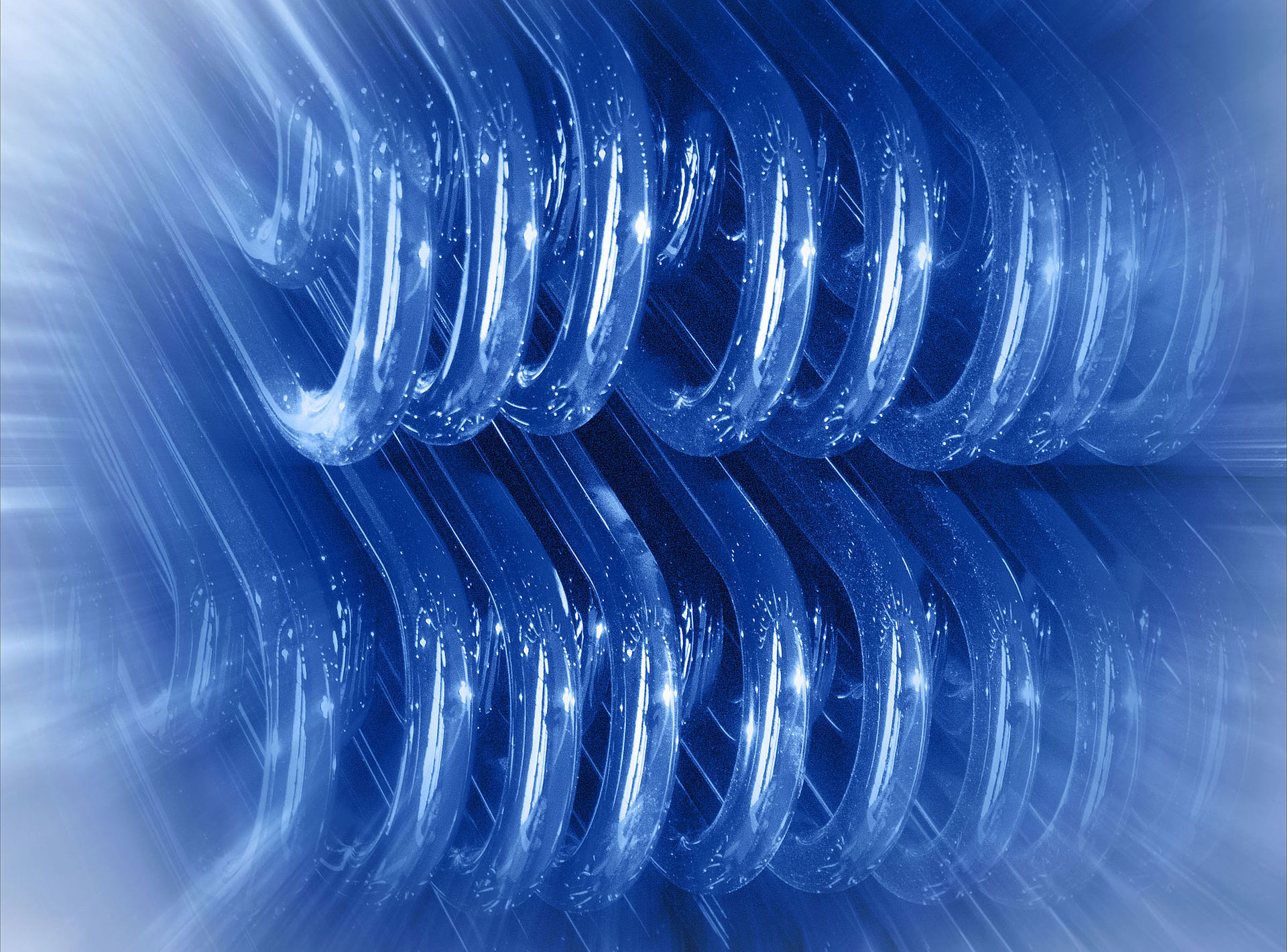
Basic designs of heat exchangers
In the chemical and pharmaceutical industry, heat transfer between media or heat recovery to save energy costs is ubiquitous. Various heat exchangers of different materials and designs are available for industry. Basically, these can be classified according to the principles of co-flow, counterflow and crossflow heat transfer or a combination thereof.
Depending on the heat transfer principle, this results in the designs of a plate, spiral, coiled tube or double tube heat exchanger. One of the most common designs is a tube bundle heat exchanger based on a combined heat transfer principle (Figure 1). It has a very compact and simple design for small to medium volume flows.
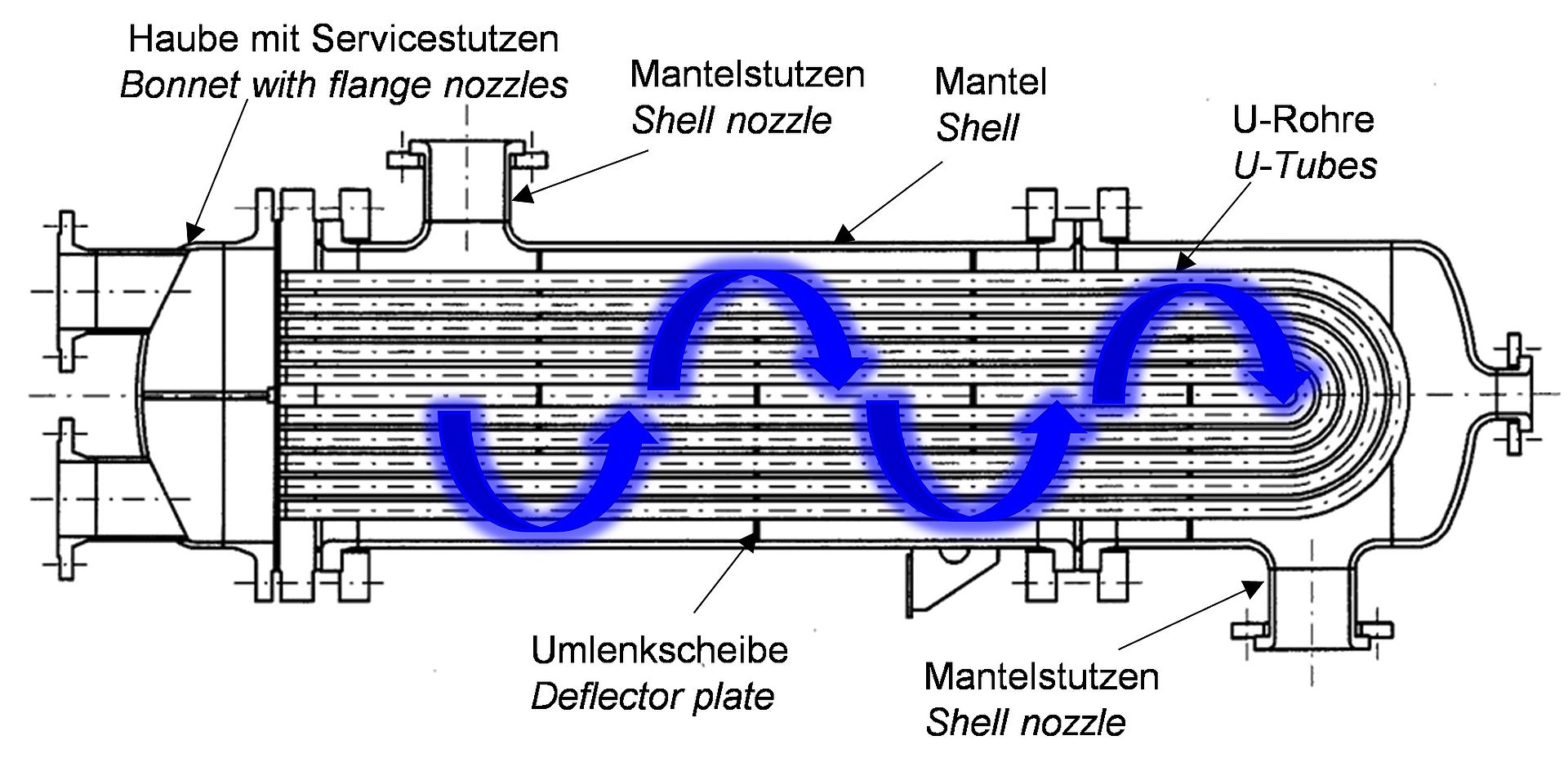
Figure 1: Schematic figure of a glass-lined heat exchanger with U-Tubes (WTU) and two paths
In order to use the tube bundle as efficiently as possible, deflector plates are installed at defined axial distances, which cause a meandering movement of the fluid and higher flow velocities in the shell side. On the tube side, sufficient flow velocity must also be ensured for efficient heat transfer. If only low service volume flows are available on the tube side, an increase in the flow velocity can be achieved by multiple paths. Usually, tube bundle heat exchangers are designed with 1, 2 or 4 paths. The required volume flow can thus be approximately halved or quartered compared to the 1 path variant.
Comparison of chemically highly resistant materials
When selecting the material, several aspects have to be considered. In addition to suitability in terms of chemical resistance, the investment costs are usually decisive. Furthermore, the thermal and hydraulic application limits as well as the robustness (operational lifetime) must be considered. Finally, the abrasion resistance of the surfaces can significantly influence the choice of material.
The thermal application limits are usually restricted by the sealing materials. Further selection criteria are the thermal conductivity of the material and the manufactured size, the GMP design and the diffusion tightness. Ecological aspects of raw material extraction and production should also be taken into account. Common and chemically highly resistant materials for heat exchangers are listed below:
- PTFE
- Composite material Steel/Glass-lining
- Titanium
- Tantalum
- Graphite
- Silicon carbide
When comparing materials, the composite material steel/glass-lining stands out for various reasons. Excellent chemical resistance, especially in the acidic range, and a high degree of robustness due to the steel-based material enable a long service life. Due to the extremely smooth surface (Ra < 0.2 µm) and the design, easy cleaning is ensured and a GMP-compliant construction avoids dead spaces. Glass-lined steel tubes are also diffusion-tight, so that a safe separation of the media is guaranteed.
The steel/glass-lining composite material also represents a cost-effective alternative to competing materials. Regarding thermal engineering, good heat transfer coefficients (U-value) of up to 800 W/m²K are achieved depending on the boundary conditions. Compact heat exchangers can be manufactured.
In addition, most of the materials used in a glass-lined heat exchanger are ecologically harmless and the steel can be reused after the period of use. The glass-lining itself is also ecologically harmless.
Designs of glass-lined Heat Exchangers: WTU und WTS
Heat Exchanger with glass-lined Tube Bundles: Design type WTU
THALETEC offers both glass-lined heat exchangers with glass-lined U-tubes (WTU K014, Figure 2) and with silicon carbide tubes (WTS K014, Figure 3). WTU heat exchangers are available in sizes DN200 to DN600, each with a maximum tube bundle length of 4500 mm, so that a maximum heat exchange surface of 53.9 m² is available (with a diameter of DN600). The standard operating limits are -1/+6 bar in a temperature range from -25 to +220 °C. A shrink fit connection between the tube and the tube sheet forms a gas- and liquid-tight connection and avoid a separate sealing element, so that the thermal application limits are less restricted. This GMP design prevent product residues. From size DN300 upwards, a 4-paths version can be used as an alternative to the standard 2-paths version to realise a good heat transfer with a lower service volume flow. In addition, individual pipes can be replaced at any time.
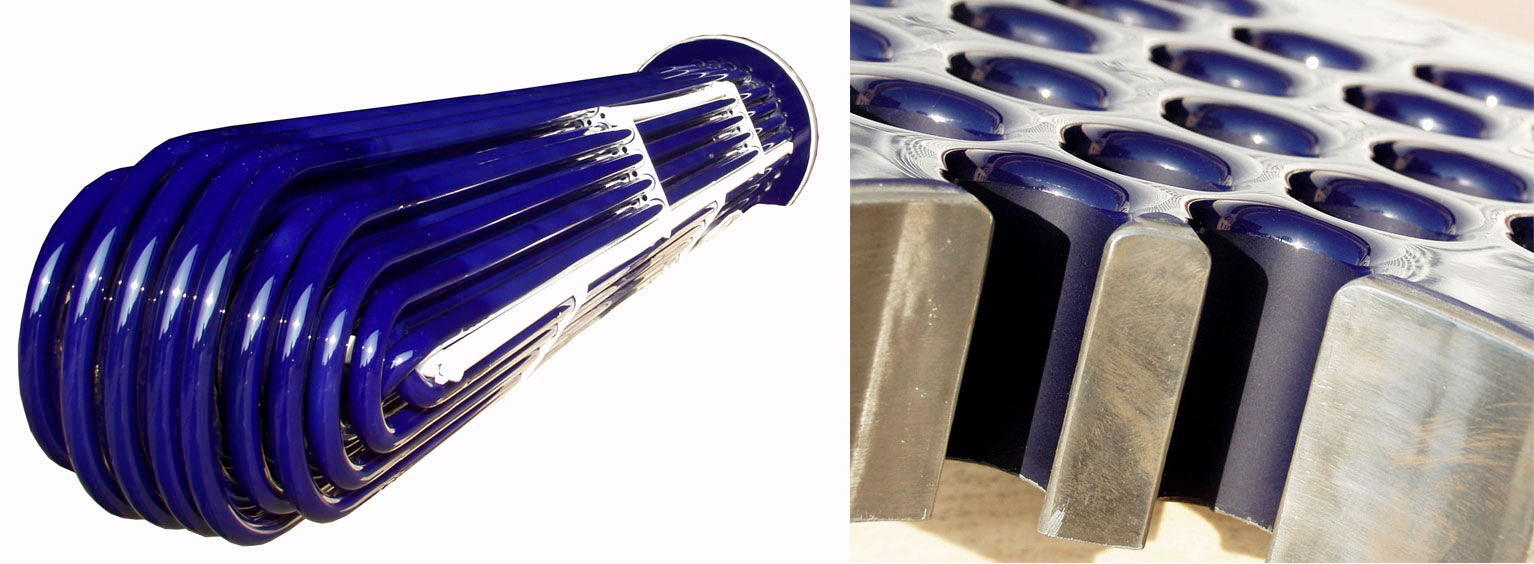
Figure 2: Glass-lined Heat Exchanger with glass-lined U-Tubes (WTU) and grinded tube sheet
Heat Exchanger with glass-lined Tube Sheets and Tube Bundles made of Silicon Carbide: Design type WTS
If there is a requirement for corrosive resistance on both sides, a WTS D should be used. The SiC-Tubes have a very high thermal conductivity of 160 W/mK, so that high heat transfer coefficients of 1400 W/m²K can be achieved depending on the boundary conditions. All other components, such as the shell, the bonnets and the tube sheets, are glass-lined. If chemical resistance on one side is sufficient, the versions with glass-lining on the shell side (WTS EA) or on the service side (WTS EI) can be used. The WTS series are available in nominal diameters from DN200 to DN500 with a maximum bundle length of 3000 mm. This results in a maximum heat exchange surface of 28.8 m² (with a diameter of DN500). The standard operating conditions cover a temperature range from -10 to 200 °C at system pressures of -1/+6 bar. The WTS also fulfil the GMP requirements. FDA certificates are available both for the O-rings used and for the material silicon carbide. From size DN300 upwards, a 2 paths version can be realised as an alternative to the standard 1-path version.
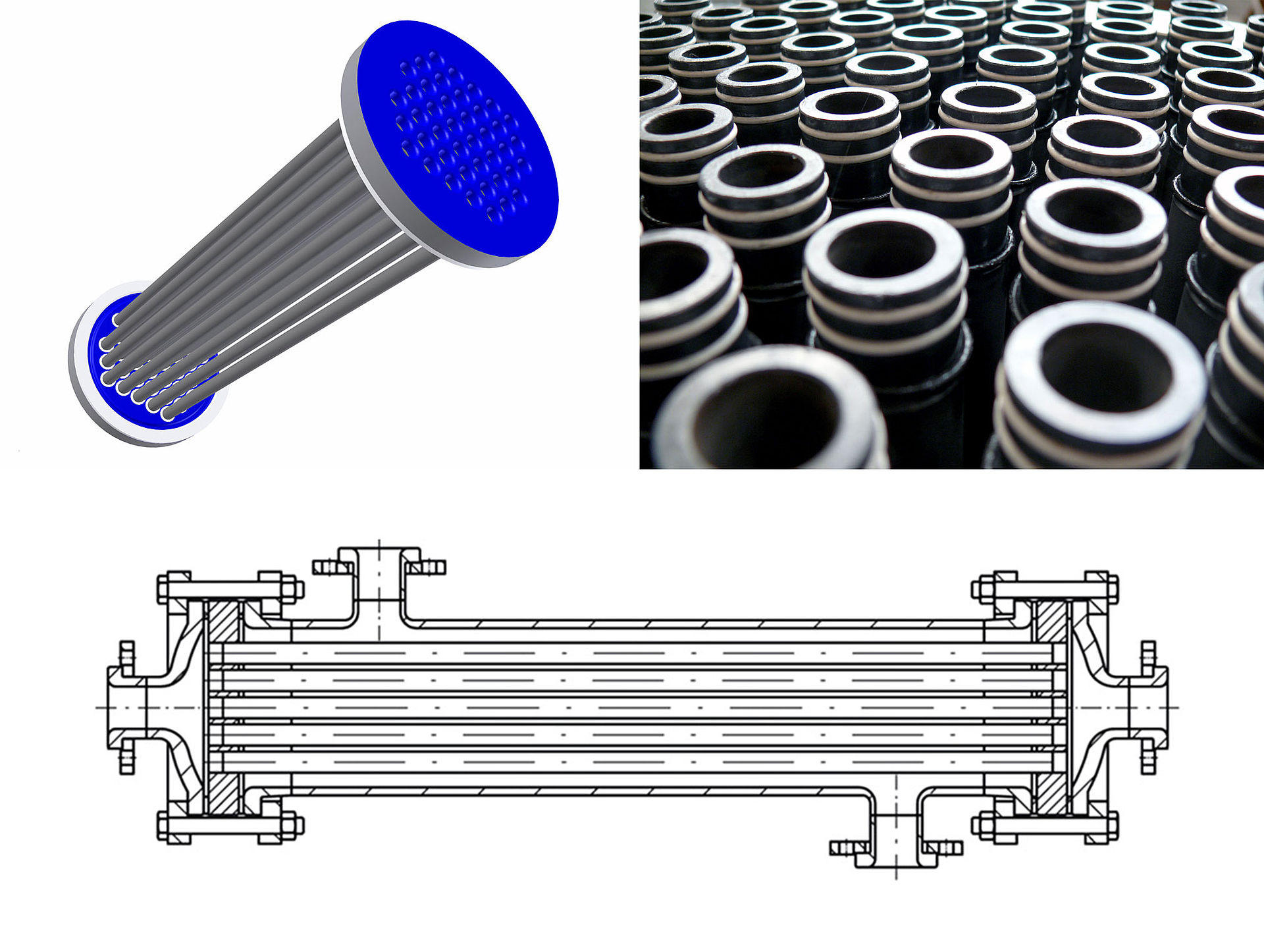
Figure 3: WTS-D with GMP compliant sealing technology for silicon carbide tubes and schematic figure with 1-path
Typical Applications
Due to their robustness, glass-lined heat exchangers can be used for a wide range of applications (Figure 4). As a separate unit of a chemical plant, classic tasks such as condensing, evaporating or the simple heat transfer of two fluids can be easily realised.
The glass-lined and compact heat exchangers (WTU, WTS) are also used as an attached component of an apparatus to generate procedural and economic advantages. As a separate cooling trap or as a so-called head condenser, which is mounted directly at the vapour outlet of a reactor or a column, components of an exhaust air can be condensed, recovered and/or following plant components can be protected.
A further advantage is offered by a glass-lined tube bundle (U-tubes), which can be inserted directly into an apparatus via nozzles. Efficient temperature control and a significant increase in the heat exchange surface can thus be implemented. Vessels can be additionally tempered or used as evaporators (e.g. "kettle type") (can also be retrofitted). Furthermore, glass-lined tube bundles can be integrated directly into a reactor via a nozzle. As a so-called PowerBaffle (K018; K014), this fulfils the three functions of a baffle, a heat exchanger and a temperature measuring probe.
Glass-lined short-path evaporators are also realised with glass-lined tube bundle heat exchangers. PTFE wipers create a thin product film on the shell side of a column so that highly sensitive and chemically aggressive media are evaporated or partially evaporated, as in a thin film evaporator. High-purity separation of the components is thus possible. A glass-lined short path evaporator also enables direct (short path) condensation of the evaporated components within the column, so that large and cost-intensive vapour pipes are not required and the desired system pressure can be maintained more easily.
Another application is a heat trace system retrofitted in vessels read more.
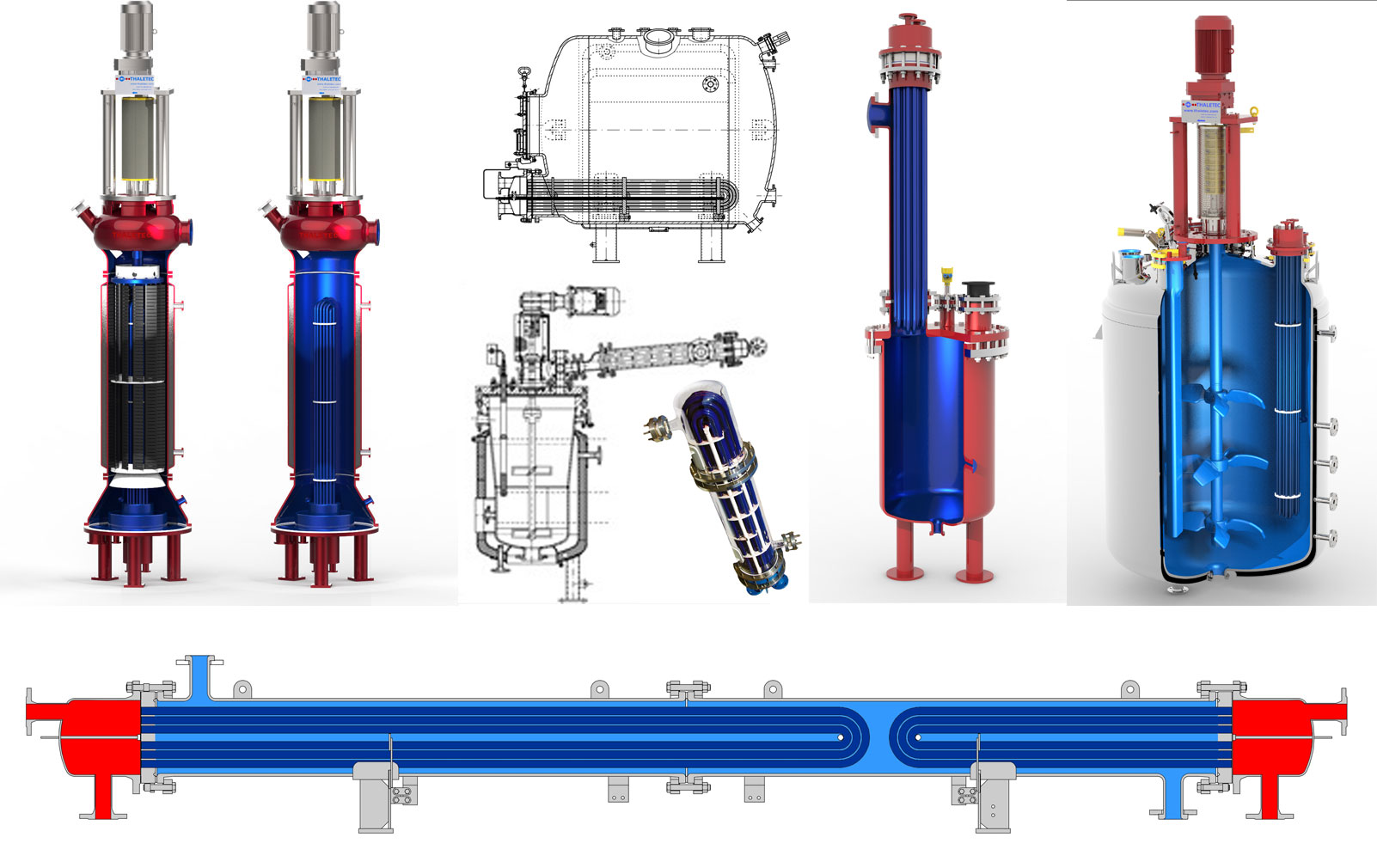
Figure 4: Wide range of possibilities for glass-lined tube bundles in various applications (short path evaporator, storage vessel, top condenser, with glass shell, cold trap, PowerBaffle in reactor, serial connection on product side etc.)
In general, the topics of heat recovery to reduce energy costs and thus emissions are always a hot topic. For example, process heat can be used for the workshop and factory hall or for preheating storage vessels. Glass-lined heat exchangers can also be used as a component of an exhaust air purification system to recover aggressive media from the exhaust air (e.g. solvent vapours from a production plant) and, among other things, to comply with TA-Luft requirements. Cold traps (K143) are a corresponding application.
PowerTubes
In addition to the use of glass-lined tubes in tube bundles, they are also offered as a stand-alone product and are used, among other things, for flue gas cleaning in power plants. Under the product name PowerTubes (K119), glass-lined tubes are available up to a length of 12 m with an outer tube diameter of 25 mm or with glass-lining of approx. 26.2 mm. Highly corrosion-resistant, robust and diffusion-tight large heat exchangers can thus be implemented and serve as environmental protection as well as heat recovery.
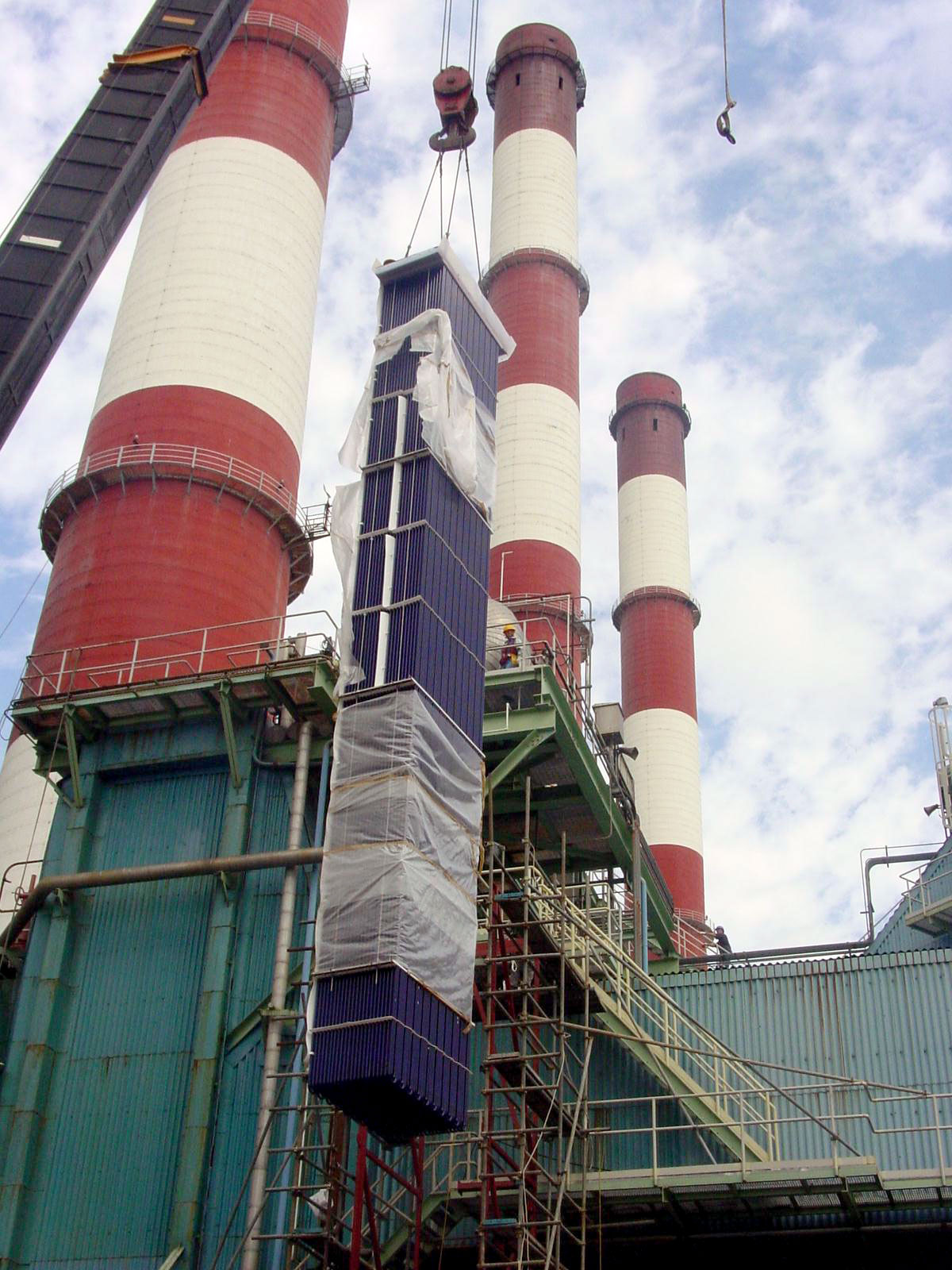
Figure 5: Installation of large glass-lined heat exchangers in a 500 MW power plant unit
Summary
Due to their unique properties, glass-lined heat exchangers and tubes can be used in a large variety of applications and promise a long service life. We will also be happy to dimension the WTU and WTS for you cost-free (K014, K164)! Simply contact your Area Sales Manager or send us an e-mail to process@thaletec.com.

